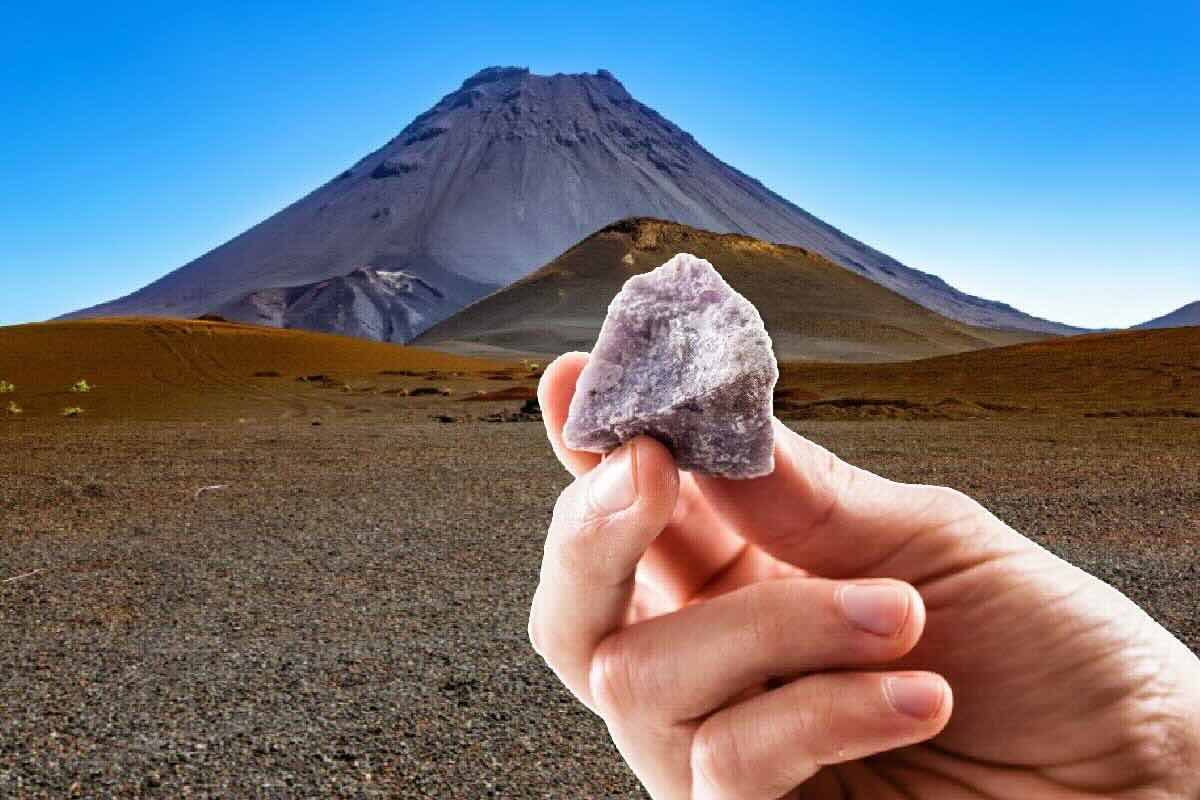The McDermitt Caldera is a vast and uniquely structured geological zone. Spanning an area 45 km long and 35 km wide, this ancient supervolcano boasts a mineral-rich composition. What makes this site particularly noteworthy is its structure containing illite, a clay highly concentrated in lithium.
The volcanic origin of the site is no coincidence. Supervolcanoes create ideal geological conditions for trapping rare and valuable minerals like lithium. This opens up unprecedented possibilities for extracting this metal, which is essential to modern technology.
Advantages Over Traditional Deposits
Unlike traditional brine deposits such as those found in South America, extracting lithium from illite presents several key advantages. Mainly, theoretical extraction methods are simpler and less expensive. The process of separating lithium from clay is more direct, potentially speeding up production while significantly reducing operational costs.
This could have a substantial impact on global lithium prices. A more stable and predictable supply chain would reduce the price volatility currently caused by limited sources. It could also improve supply security for countries pursuing energy transitions, such as Europe with its goal of achieving carbon neutrality by 2050.
Strategic Implications of the Discovery
This discovery carries major strategic importance, particularly at a time when Europe is facing surging demand for electric vehicles. As the continent races toward decarbonization and aims for carbon neutrality by 2050, lithium—critical for batteries—becomes a key component in reaching that goal.
Geopolitically, this new mine changes the landscape. With such a resource located in the United States, international power dynamics could shift. Until now, countries like China have dominated the lithium market. Now, the presence of such a large domestic reserve could reshuffle the deck, potentially leading to significant structural changes in global trade policies.
Environmental Considerations
Of course, any mining operation raises serious environmental concerns. Even though lithium extraction from the McDermitt Caldera appears more straightforward in theory, it still carries a heavy environmental footprint. The activity leads to substantial CO₂ emissions and poses risks to groundwater contamination.
Environmental risks include:
-
Contamination of aquifers and groundwater
-
Increased greenhouse gas emissions
-
Possible deterioration of local biodiversity
These risks demand appropriate preventative and remedial measures. Innovative technologies and strict regulations will be necessary to minimize the negative environmental impact.
Key Figures Behind the Discovery
To grasp the magnitude of this discovery, it’s worth highlighting a few important statistics:
-
Estimated reserves: Between 24 and 40 million tonnes of lithium
-
Potential: Could surpass Bolivia’s salt flats, which hold approximately 23 million tonnes
-
Location: Border of Nevada and Oregon, spanning 45 km by 35 km
These figures represent a strategic and economic game-changer, likely to reshape forecasts and strategies across the entire lithium value chain.
What’s Next for the Lithium Sector?
With a resource of this scale, future strategies are bound to evolve. We can expect increased investments in technology research to optimize extraction methods and reduce environmental impact. Moreover, the sustainable management of this new lithium source will be key to its long-term viability.
New regulations may emerge, requiring operators to adopt clean, environmentally friendly technologies. Similarly, international partnerships focused on green technology development could multiply, alongside initiatives for lithium recycling and recovery.
The imminent launch of this new era in lithium exploitation calls for special attention—both ecologically and economically. While the discovery holds immense promise for resource management, it must be balanced with the environmental challenges it brings.
The McDermitt Caldera discovery marks a turning point. With estimates reaching up to 40 million tonnes of lithium, this previously overlooked region is suddenly revealing its full potential and could redefine the global lithium market. All of this unfolds as the world accelerates its shift toward a low-carbon economy.

